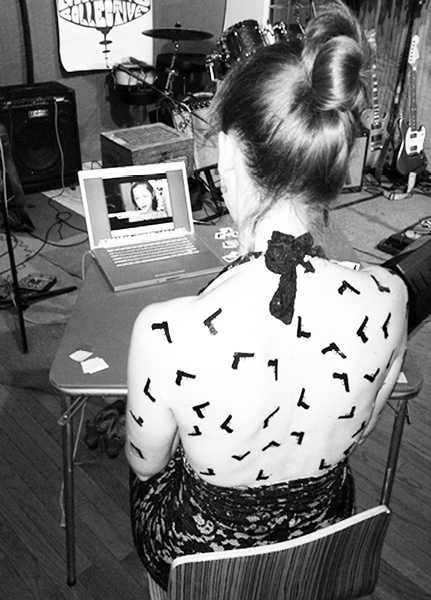
JUST PUT IT BEHIND YOU
first performed on May 3, 2013
The Dunes, Washington D.C.
performed once in 2013
COLLECTIVE ELEVEN/ RACHEL HYNES
Naima Ramos-Chapman
Washington D.C. / New York
373315275r373315275h373315275h373315275y373315275n373315275e373315275s373315275@373315275g373315275m373315275a373315275i373315275l373315275.373315275c373315275o373315275m
JUST PUT IT BEHIND YOU
COLLECTIVE ELEVEN/ RACHEL HYNES
I watched the news reports last fall about the Colorado “Batman” shootings with horror and fear. “I can’t even imagine what that must have been like,” I thought, except, I could. In 2006 a man broke into my workplace and started shooting my co-workers. I was lucky and escaped out the back entrance unharmed. Five women were shot and one was killed; hundreds of lives were shaken and traumatized, including mine.
I was appalled that I should forget something that significant, but the truth is, in order to heal, in order for us to feel okay walking down the street and not go insane with anxiety, we have to forget. We have to find a way to move forward and put it behind us.
This is how I ended up special ordering 200 temporary tattoos of handguns for a durational performance called “Just Put It Behind You,” at the art opening for Art Crimes: The Gun Show.
The title is taken from the world of body workers and holistic healers, who have noted that unresolved emotional issues often manifest as back problems, because they “just want to put it behind them.”
We are wounded, and by necessity, we must heal from each act of mass gun violence, however, though we try to put each incident behind us, I believe that there is a cumulative effect on the American public.
Over the course of two hours, I watched newsreel after newsreel of American mass shootings, while my assistant (Naima Ramos-Chapman), dressed in scrubs, gently applied temporary tattoos to my back, as though cleaning a wound. The after-effect was a small tattoo of a black handgun, which cumulated over the course of two hours to include the backs of my arms, legs and soles of my feet. In between news footage reels, the assistant would guide me around the room, getting a drink at the bar, viewing the art, talking with patrons—all seemingly normal, until I turned and revealed a back full of handguns.
I don’t consider this piece to be adversarial, neither pro- nor anti-gun, but a matter of Public Health. It’s a call for awareness that whether we realize it or not, our entire country’s sense of well-being is affected by these continued incidents. Hate engenders hate—the point at which normal people begin to do desperate things is when they feel their sense of security is threatened.